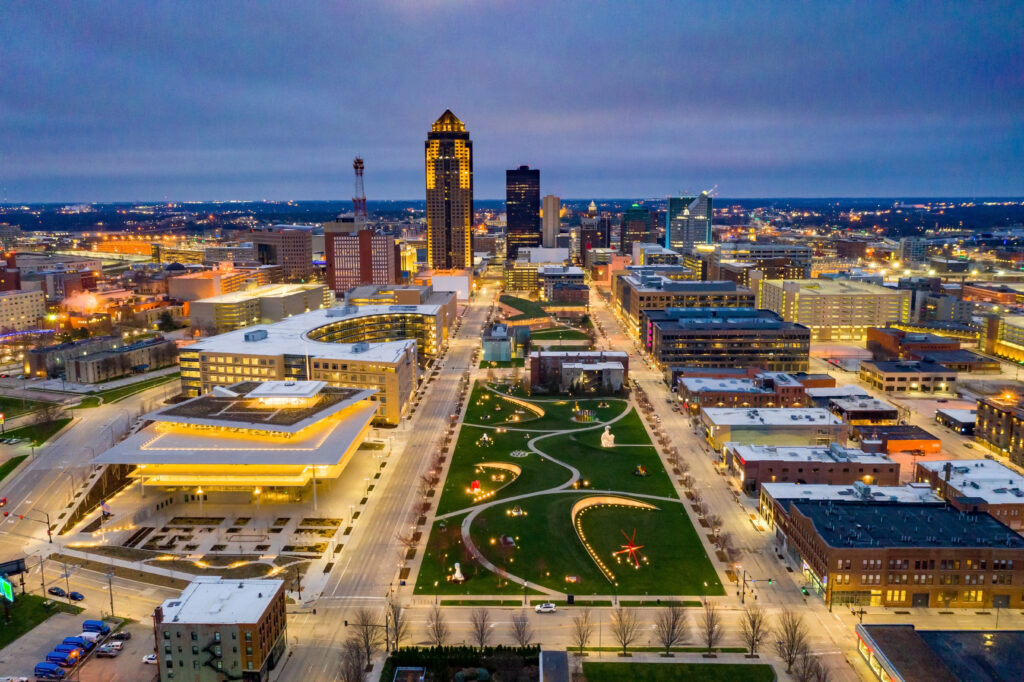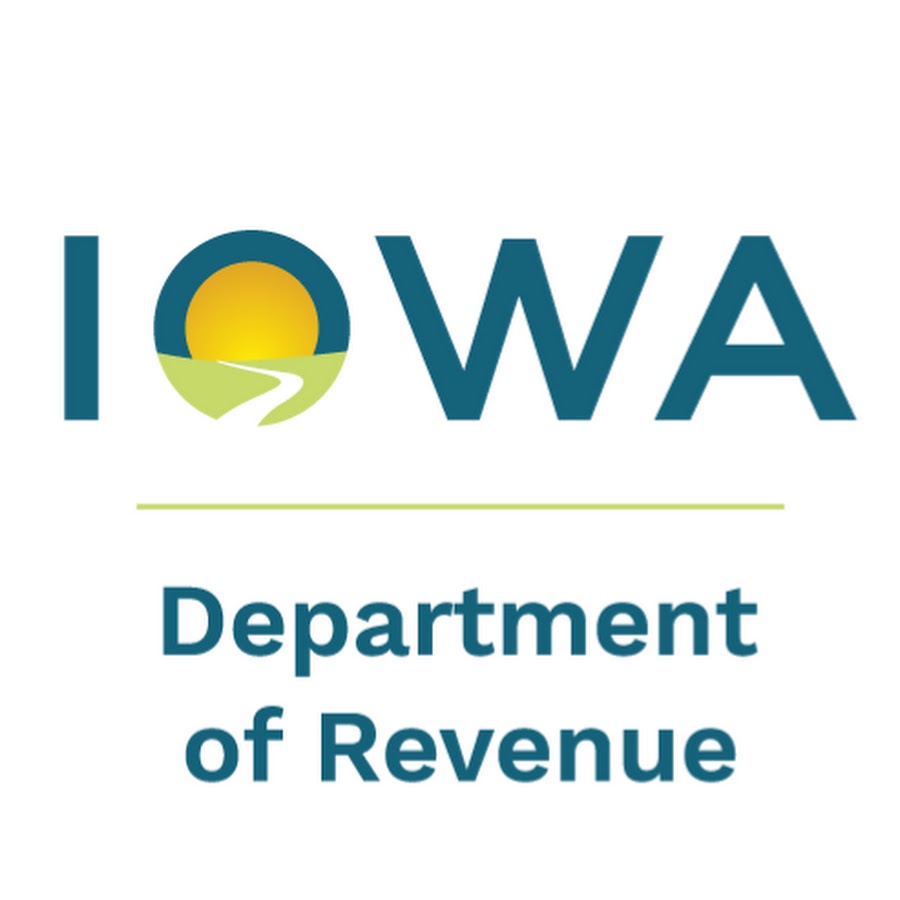Capital Crossroads: Physical Capital
Some projects already under way heading into implementation stage

What is Capital Crossroads:
Capital Crossroads is a regional planning effort headed up by leaders in Greater Des Moines and surrounding communities.
What is Physical Capital:
The Physical Capital section of the Capital Crossroads long-term plan looks at how the region can best accommodate additional population and economic growth. The Physical Capital plan attempts to utilize existing efforts such as the DART Forward 2035 plan and the Des Moines Area Metropolitan Planning Organization’s Tomorrow Plan to help Greater Des Moines and surrounding cities grow sustainably.
The natural advantage of the Physical Capital section of the Capital Crossroads long-term planning process is that many of the elements are already under way, the project’s co-chairs say.
Whether it’s the Des Moines Area Metropolitan Planning Organization’s (MPO) Tomorrow Plan, the Des Moines Area Regional Transit Authority’s (DART) 2035 plan or ongoing discussions about flood control and prevention, people are already thinking about a lot of the ideas that go along with Physical Capital.
“We were fortunate on this capital committee because there were a number of different organizations that basically in silos have been very busy with strategic plans over the last several years,” said co-chair Dave Caris, vice president of state governmental affairs at MidAmerican Energy Co. “In one respect, our group is sort of off to a head start because of the work that’s been going on.”
Now the trick is bringing everything together.
The outline for what the Physical Capital committee hopes to accomplish includes planning for sustainable future growth, repairing the city’s water and sewer systems, funding transportation programs and working with DART and Des Moines International Airport.
Although the committee’s goals mostly relate to transportation and infrastructure, the list is still diverse, and hefty. It will be important to have patience and prioritize what needs to be done first, the co-chairs say.
“Some of these things, as much as we’d like them to, are just not going to happen overnight,” Caris said. “I think we’re going to have to be thoughtful and thorough in this process, because this will impact this region for decades to come. We want to make sure we get it right, and there’s a lot of different entities involved in this process, so I think that will be a challenge to figure out what can we try to accomplish this year, and what do we need to keep working on that has a longer horizon.”
Co-chair and Polk County Supervisor Angela Connolly noted that one of the committee’s biggest challenges will be making sure people don’t get overwhelmed by the large projects outlined in the Physical Capital subsection. She also understands the challenge that differing opinions can have in the process; figuring out how passenger rail fits into the region’s future is one of the goals, for example.
Caris also noted that infrastructure projects tend to cost a lot and rely heavily on government money, which could provide a challenge. Of the 10 capitals, Physical Capital could be among the most reliant on federal funding, he said.
“There’s no question that infrastructure pro-jects are very expensive,” Caris said. “I think in terms of government money, the physical capital one probably would be the biggest drain.”
The Physical Capital committee has met already, and Caris and Connolly foresee the natural starting places for implementation to be things that are already in the process, such as sustainable development with the MPO plan or working in conjunction with the DART Forward 2035 plan to make the bus system more user-friendly.
The first committee meeting included representatives from DART, the MPO, Davis Brown Law Firm, and government officials from Des Moines, West Des Moines, Carlisle and Polk County. The airport has reached out to the committee about having a representative, and Caris also foresees adding people to the committee from surrounding communities such as Ames, Pella and Marshalltown.
The breakdown
The Physical Capital section of the Capital Crossroads final plan document ays out three subsections. Here is a look at the subsections and what the capital co-chairs find to be most important heading into the implementation process.
Plan for one region
• The Capital Crossroads theme of involving the entire region is on display in the Physical Capital section, which highlights the Ames metropolitan statistical area and notes that processes like the Des Moines MPO’s Tomorrow Plan could help plan for the growth that is expected to take place in the region. A challenge the plan notes: factionalism among Central Iowa governments.


Shore up systems
• Though the majority of the capital focuses on transportation issues, this subsection takes a look at infrastructure issues not necessarily related to transportation. “Infrastructure, principally in the city of Des Moines, is being compromised by age, pollution or changing climate patterns,” the document says.

• 
• Des Moines Public Works Director Bill Stowe attended the first committee meeting and should be a key member in this area of the capital in regard to flood prevention and sewer issues with the city, the co-chairs said.
Major projects
• The capital outlines five
• How do the chairs decide what is most important? “The projects that we already have under way I think should be all immediate priorities that are moving forward with record speed as far as I’m concerned,” Connolly said. However, record speed doesn’t necessarily mean overnight. “The Tomorrow Plan, DART Forward, improving air service, passenger rail and all the debate that’s going on … those are huge undertakings, and that’s something that’s just going to take a lot longer to implement.”
• Three of the major projects are under way to some degree. Multiple road projects are in some stage of development or construction. Passenger rail development has hit a stalemate as Gov. Terry Branstad has yet to publicly support the initiative or match funds to get a line from Chicago to Iowa City, which would likely be extended through Des Moines in the future on the way to Omaha. As for air service, Des Moines International Airport officials and other area leaders are in the process of trying to land Southwest Airlines here, which would, in theory, bring down air travel prices across the board.
• Keeping with the theme of regionalism, the fifth major project listed calls for DART and regional MPOs to study the potential development of a fixed-rail or bus rapid transit line between Ames and Des Moines. “I think the transit corridor between Ames and Des Moines is a long-term project,” Connolly said. “It’s going to require long-term strategies and regional cooperation, but I think it’s something we should absolutely do.”









